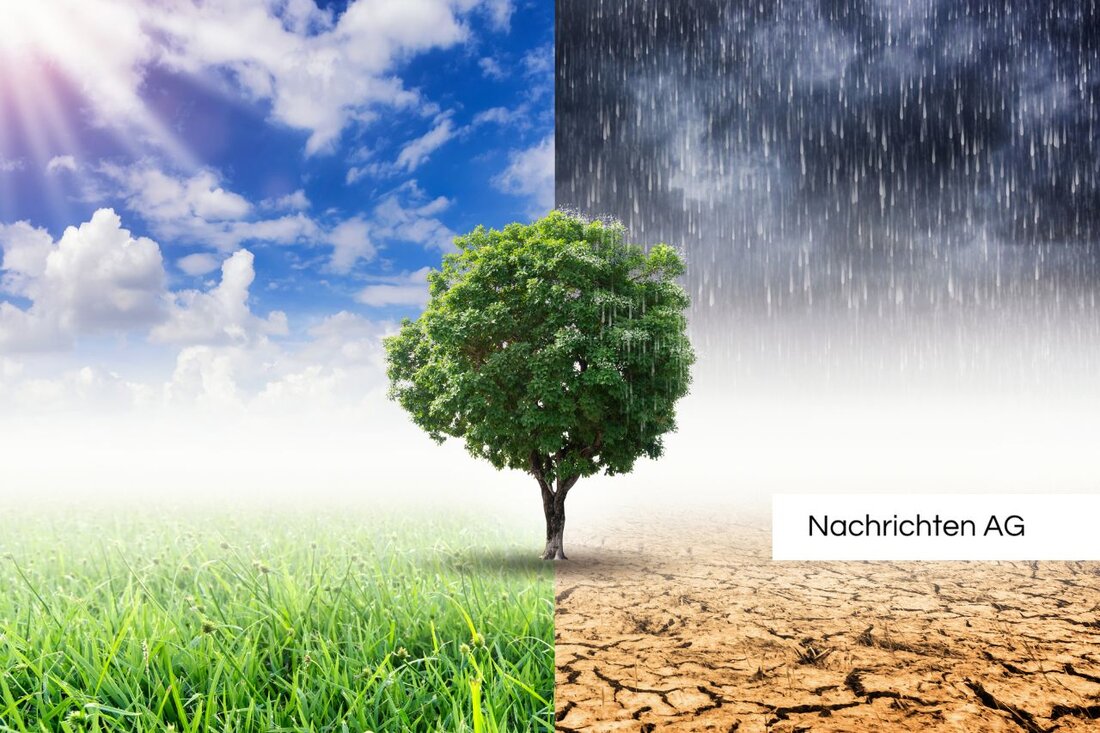Vacation boom in the shade of the heat: This is how the travel industry reacts!
Vacation boom in the shade of the heat: This is how the travel industry reacts!
In the past few weeks, the temperatures on the northern hemisphere have been in a worrying light because a number of heat records were recorded. In North America, the temperatures over 40 degrees Celsius rose, while in the northwest of China even values above 50 degrees Celsius were measured. Southern Europe was also not spared: temperatures of up to 46 degrees in Italy and 45 degrees were registered in Spain. These extreme heat waves are not only acute, but on average also last much longer than a century ago, which researchers attribute to climate change.
The current climatic challenges also have an impact on the vacation plans of many people. According to mdr more and more travelers try to avoid heat waves during the intensive summer months. Instead, they set when traveling in early or late summer. The TUI tourism group has a significant trend towards the popularity of the preliminary season, which extends the season of the travel destinations as a whole. However, these changes also require that vacation regions work closely with the travel industry in order to develop suitable measures to adapt to the climate crisis.
climate adaptation in vacation regions
In response to the ongoing climate extreme, many holiday regions have started to develop corresponding adaptation strategies. These include the implementation of water management systems and early warning systems as well as the creation of parks to improve the microclimate in cities. These measures are necessary steps to counteract the growing challenges that persistent heat waves and drought. In 2022, Germany recorded the hottest day of the year with 38.8 degrees Celsius on July 15th. This year is considered the sunniest and warmest in comparison since the beginning of the records, and many experts predict that these trends will continue. Nine of the ten warmest years in Germany were already in the 21st century, with the average annual temperature of 2022 located by remarkable 2.3 degrees above the average from 1961 to 1990, such as bpb Notice.
The health consequences
The health consequences of these extreme heat waves are serious. In 2022 alone, heat waves in Germany led to an esteemed deprivation of 4,500 people, and at least 15,000 across Europe. Vulnerable groups such as older people, pregnant women and people with previous illnesses are particularly at risk. In Germany, heat protection plans are still in the development process, and a national heat protection plan is sought in order to be able to react better to future heat periods.
The global average temperature has already risen by over 1.2 degrees between 1880 and 2020, and forecasts predict a further increase by the end of the 21st century. This happens against the background that regions that have least contributed to the emission of greenhouse gases are most affected by climate change. The horn of Africa in 2022 experienced the most severe drought for decades, with massive consequences for the population there.
In addition, a study shows that heat waves in Europe today last average twice as long as 100 years ago; While they only lasted a day and a half in 1880, the average duration is three days today, which indicates a significant intensification of climatic conditions. These developments support the theses of climate change, which have been recorded in data since the 1950s, such as Welt
Awareness of the effects of climate change has increased in terms of both vacation planning and the necessary adjustment measures in the affected regions. In view of the drought, hot summer and the associated challenges, it is becoming increasingly important to develop suitable strategies to improve the microclimate in urban areas.
| Details | |
|---|---|
| Ort | Erlangen, Bayern, Deutschland |
| Quellen | |


Kommentare (0)